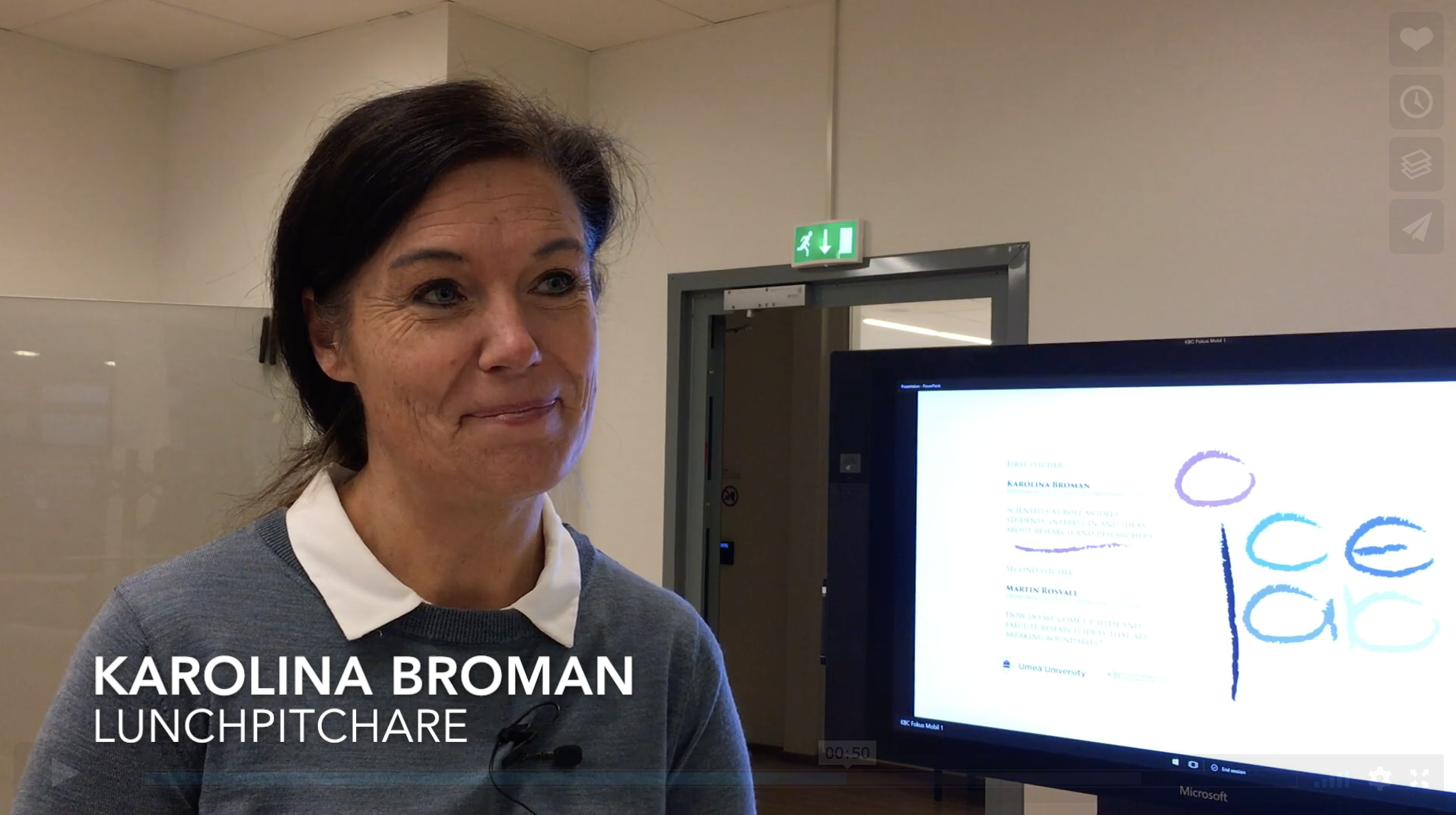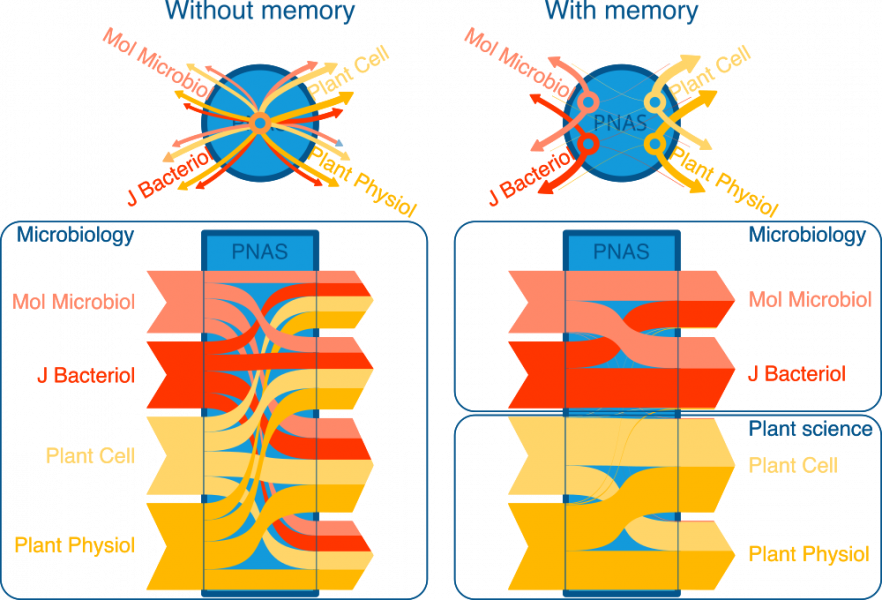Profile
One of the key questions in Microbiology is how bacteria adapt to stressful environments. Bacterial populations exposed to stress can accumulate mutations, resulting in possible adaptation towards a phenotype that can counter the stress. However, such mutations are mainly loss-of-function mutations that can lower their fitness. Therefore, how bacterial populations maintain their basic gene regulation under stressful conditions is a crucial question. In collaboration with Eric Libby and Peter Lind, Suvam aims to find answer to this question by developing mathematical models and carrying out computer simulations, that are informed by experimental data.
Suvam Roy is a Postdoctoral Researcher at the Department of Molecular Biology. He completed his Master’s degree in Physics from the University of Calcutta. Suvam then got a PhD in Mathematical Evolutionary Biology with Supratim Sengupta at the Indian Institute of Science Education and Research Kolkata, where he showed a plausible pathway for the emergence of primitive cells on the prebiotic Earth.
Current Projects
The Latest Posts
This Icelabber hasn’t posted yet, but read these while you wait for the first post.





